Enter a surname, town name or other keyword to search the database. Remember to
allow for the different spellings of 'Mc' and 'Mac.' Good luck!
{Search tips: Use single word search terms for more results}
You must enter some valid character(s) into the search field
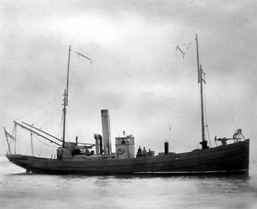
Reference: rap003
The fishing drifter Lavatera w...
|
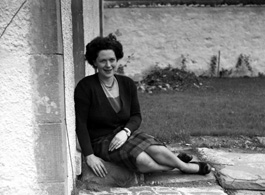
Reference: 1779c
Miss Lorna MacLeod, aged 27 wh...
|
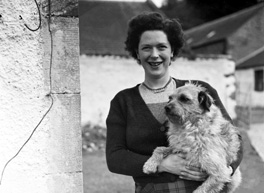
Reference: 1779b
Miss Lorna MacLeod, aged 27 wh...
|
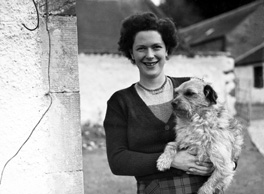
Reference: 1779a
Miss Lorna MacLeod, aged 27 wh...
|
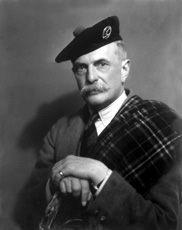
Reference: H-0247
Sir Donald Walter Cameron of L...
|
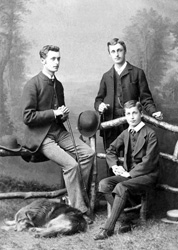
Reference: hw002
Three of the sons of Alexander...
|
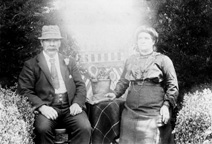
Reference: 877
Copy for Mrs Robertson, Old ...
|
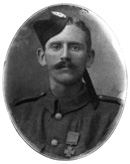
Reference: 27563b
Private Ross Tollerton, Ist Ba...
|
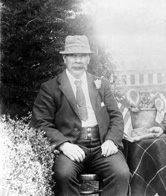
Reference: 838
Copy for Mrs Robertson, Old Ed...
|
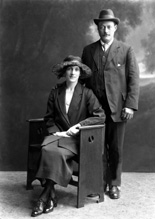
Reference: 24282
Mrs McLeod, The Smithy, Munloc...
|
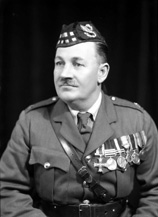
Reference: 28033a
Major Donald Munro MC (1880-19...
|
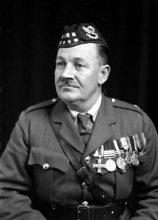
Reference: 28033b
Major Donald Munro MC (1880-19...
|